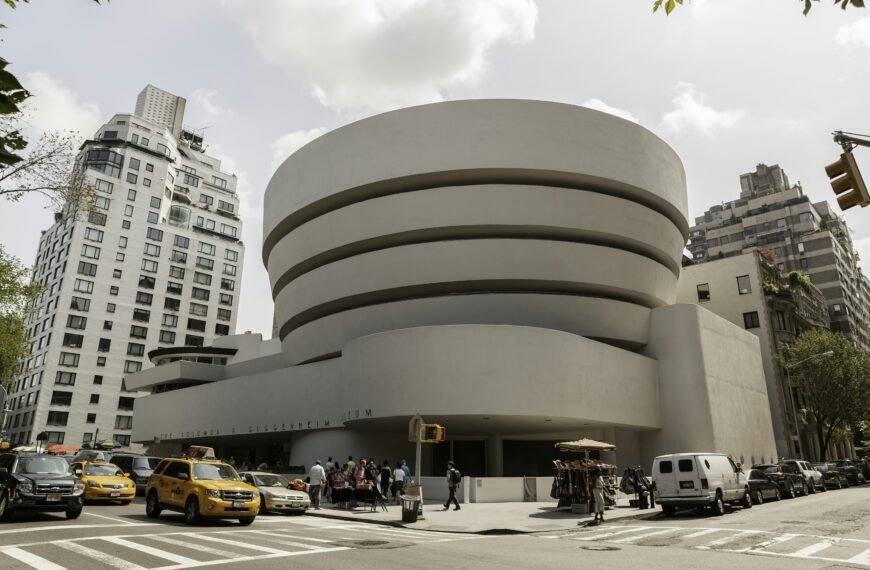How the Impressionists Revolutionized Art
The Impressionists were a group of artists who rebelled against the strict rules of the art establishment in the 19th century. They believed in capturing the fleeting moments of everyday life through their paintings, using loose brushstrokes and vibrant colors. This new approach to art was revolutionary at the time and paved the way for modern art as we know it today.
Rediscovering the Revolutionary Spirit
When we look at Impressionist paintings today, it’s easy to overlook the revolutionary spirit that drove these artists. But if we take a closer look, we can see how they challenged the conventions of their time and created a new way of seeing the world. By capturing the play of light and shadow, the movement of people, and the changing seasons, the Impressionists revolutionized the way we think about art.
Defiance Behind the Beauty
At first glance, Impressionist paintings may seem light and airy, filled with scenes of leisure and beauty. But beneath the surface, there is a spirit of defiance that runs through these works. The Impressionists were determined to paint what they saw, not what was expected of them. They rejected the traditional subjects and techniques of academic painting, choosing instead to focus on the world around them in all its messy, imperfect glory.
Unraveling the Schmaltz
Some critics have dismissed Impressionism as too sentimental or saccharine, accusing the artists of producing mere eye candy for the masses. But if we look beyond the surface of these paintings, we can see that there is more to them than meets the eye. The Impressionists were not just interested in pretty pictures; they were pushing the boundaries of art and challenging the status quo. By embracing the imperfect and the everyday, they created a new aesthetic that continues to inspire artists and art lovers to this day.

The Legacy of Impressionism
The legacy of the Impressionists is still felt today, in the way we think about art, beauty, and the natural world. Their influence can be seen in the works of countless artists, from the Post-Impressionists to the modernists and beyond. But more than just a stylistic influence, the Impressionists have left us with a lasting legacy of freedom, creativity, and a belief in the power of art to change the world.
Influence on Modern Art
The Impressionists paved the way for modern art by breaking free from the rigid conventions of academic painting. They rejected the carefully constructed compositions and idealized subjects of the past, opting instead for a more spontaneous and direct approach to painting. This new way of seeing the world would inspire generations of artists to come, from the Fauves to the Abstract Expressionists.
Changing the Way We See
One of the most important legacies of Impressionism is the way it changed the way we see the world. By capturing the fleeting moments of everyday life, the Impressionists encouraged us to slow down and appreciate the beauty in the world around us. Their emphasis on light, color, and atmosphere has influenced not only art but also photography, film, and even fashion.
Celebrating Nature and Beauty
At its core, Impressionism is about celebrating the beauty of the natural world and the joy of everyday life. The Impressionists were fascinated by the changing seasons, the play of light on water, and the bustling streets of Paris. Through their paintings, they encouraged us to look closer, to appreciate the small moments of beauty that surround us every day.

Appreciating Impressionist Art
To fully appreciate Impressionist art, it’s important to understand the techniques and ideas that guided these artists. By looking closely at the brushwork, composition, and subject matter of Impressionist paintings, we can gain a deeper appreciation for the beauty and complexity of their work.
Brushwork and Technique
One of the hallmarks of Impressionist painting is the use of loose, expressive brushwork. Instead of carefully blending colors and details, the Impressionists used short, quick strokes to capture the essence of their subjects. By focusing on light and color rather than form and detail, they were able to create paintings that feel alive and full of movement.
Composition and Subject Matter
Impressionist paintings often feature everyday scenes and ordinary people going about their lives. From bustling city streets to peaceful countryside vistas, the Impressionists sought to capture the beauty of the world around them in all its diversity. By breaking free from traditional subjects and compositions, they created a new visual language that continues to inspire artists today.
Color and Light
Color and light are central to Impressionist art, with artists like Monet and Renoir using bold, vibrant hues to convey mood and emotion. By experimenting with new ways of seeing and representing color, the Impressionists were able to create paintings that feel fresh and contemporary, even decades later. Their use of light and shadow adds depth and atmosphere to their work, making it feel alive and dynamic.

Visiting Impressionist Exhibitions
If you’re interested in learning more about Impressionism, consider visiting an exhibition of Impressionist art. Many museums around the world feature collections of Impressionist paintings, allowing you to see these works up close and appreciate their beauty and complexity.
National Gallery of Art, Washington, D.C.
The National Gallery of Art in Washington, D.C., is home to an impressive collection of Impressionist paintings, including works by Monet, Degas, Renoir, and other key figures of the movement. By exploring these paintings in person, you can see the brushwork, color, and composition up close and gain a deeper understanding of what makes Impressionism so special.
Musée d’Orsay, Paris
For an even more immersive experience, consider visiting the Musée d’Orsay in Paris, which houses one of the largest collections of Impressionist art in the world. From iconic works like Monet’s “Water Lilies” to lesser-known gems by artists like Berthe Morisot, the Musée d’Orsay offers a comprehensive overview of Impressionism and its impact on art history.
The Metropolitan Museum of Art, New York
In New York City, the Metropolitan Museum of Art is another great destination for exploring Impressionist art. With works spanning the entire history of the movement, from its early beginnings to its lasting influence on modern art, the Met offers a diverse and engaging look at Impressionism and its legacy.








